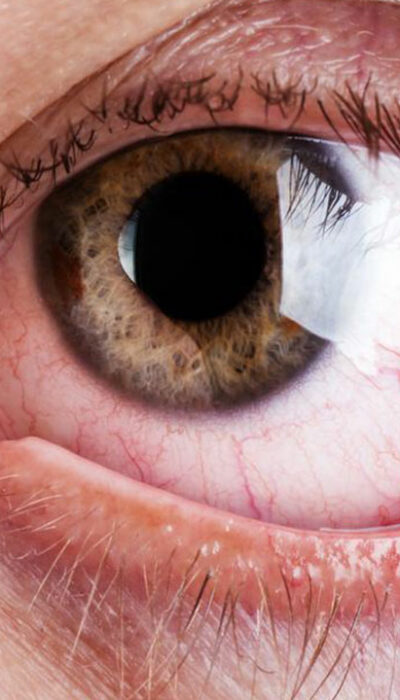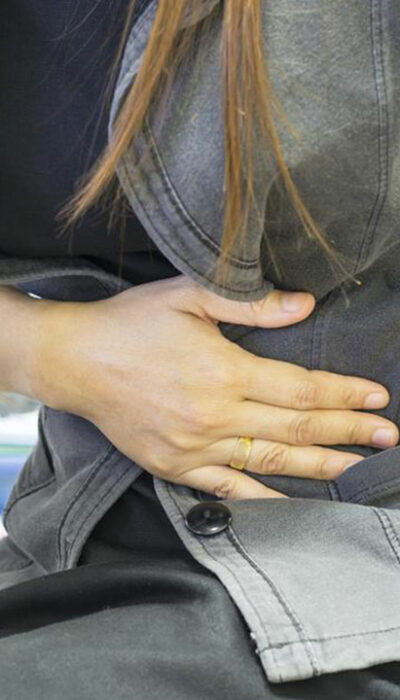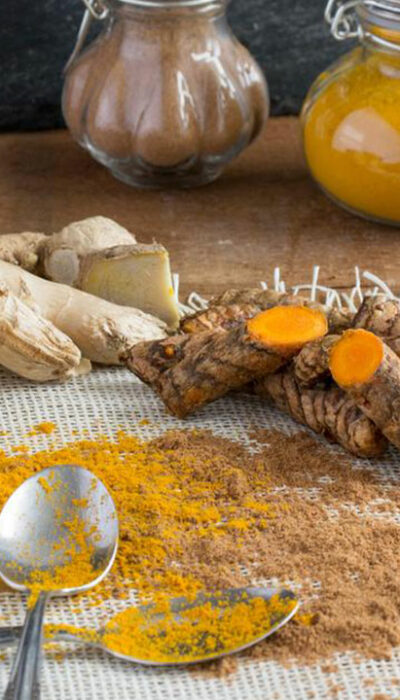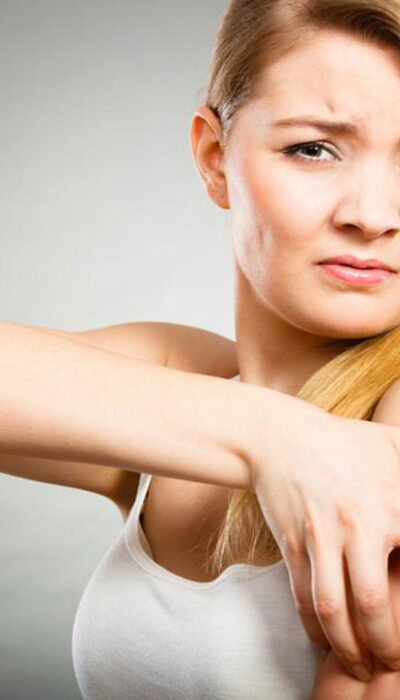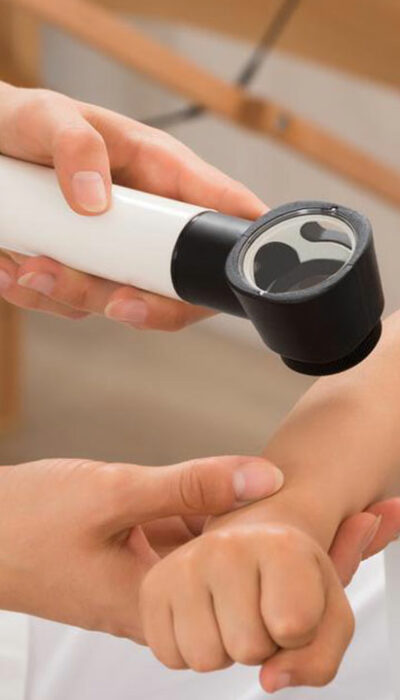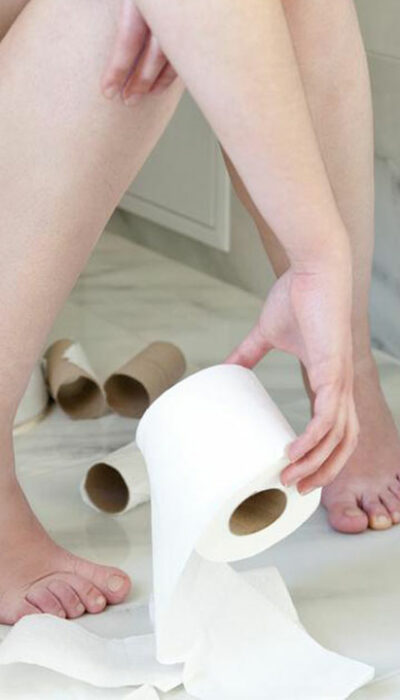
Understanding the Basics of the High Blood Pressure Chart
Blood pressure refers to the force of the blood flowing through your body which is pumped through by the heart. When this force exceeds the standard limit which is considered safe, the resulting condition is known as high blood pressure. There are varying levels of high blood pressure on a high blood pressure chart, and it is estimated that around 80 to 90 million people in the country suffer a variety of health problems due to this condition. These estimates are alarming because, among three adults over the age of 20, one of them is suffering from high blood pressure in the total count. Before we can try and understand how to read a high blood pressure chart, it is important to understand the five main types of blood pressure: It is important to understand the two categories of levels which indicate blood pressure, namely systolic and diastolic levels. Systolic levels are the numbers in the upper section which indicates how much pressure is being put on the walls of any artery when the heart pumps blood. Diastolic levels, however, are the numbers in the lower section which indicate the pressure on the walls in between heartbeats. So, both during heartbeats and in between, the upper and lower numbers together will indicate the overall blood pressure levels. Normal blood pressure: The standard range for blood pressure as calculated by medical associations is 120/80 mmHg. People who follow a lifestyle including a well-balanced diet and exercise will never have any problems relating to high blood pressure. This is the standard limit set for understanding the proper range of the analysis of a high blood pressure chart. Early stage high blood pressure: Also known as prehypertension, this field is constantly shifting from 120–139/80–89 mmHg. The first stage high blood pressure is a cause for concern since these are the initial indicators of a developing high blood pressure.
